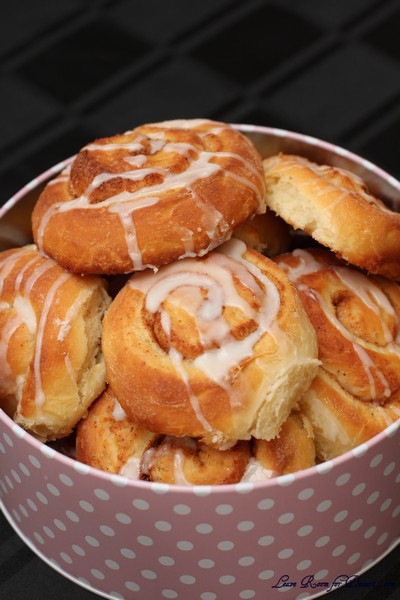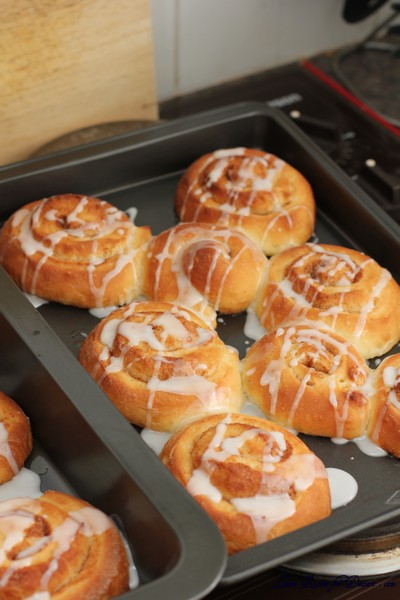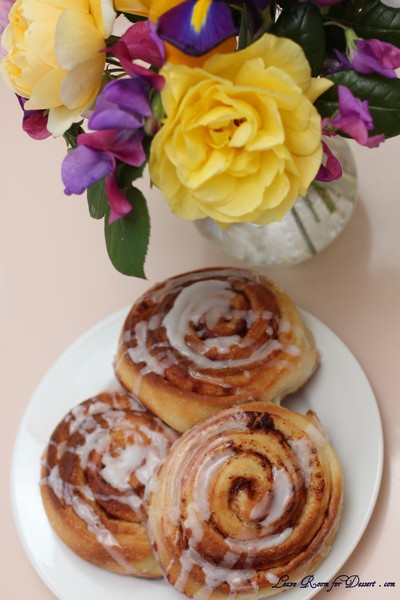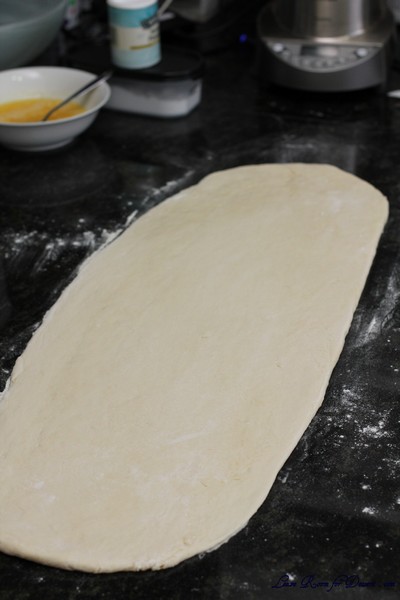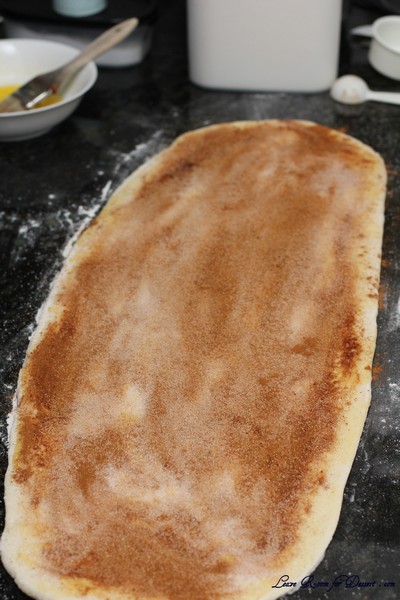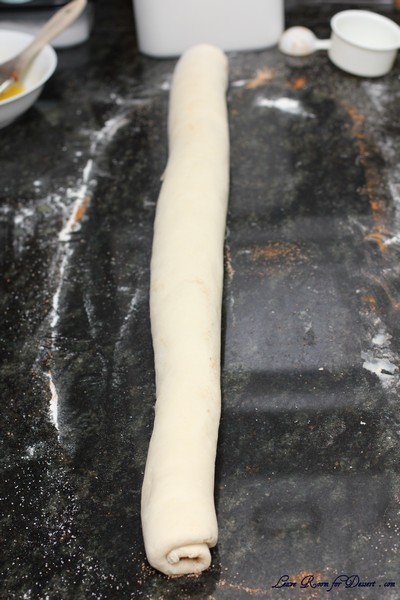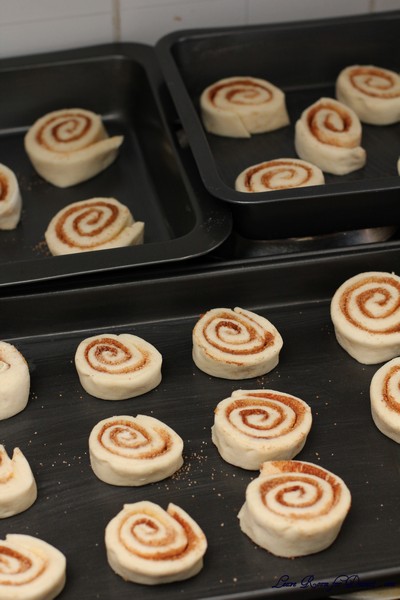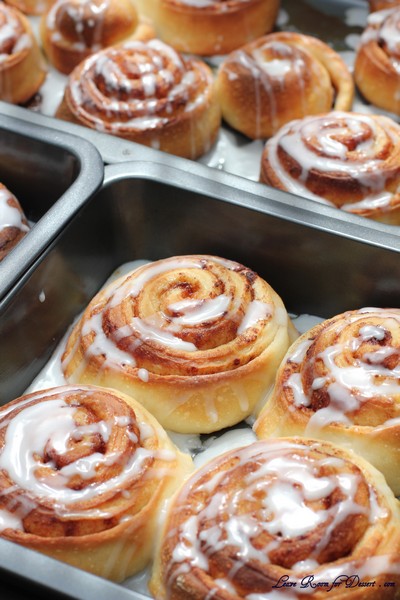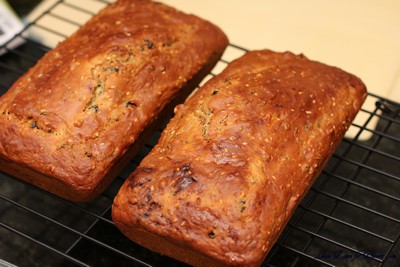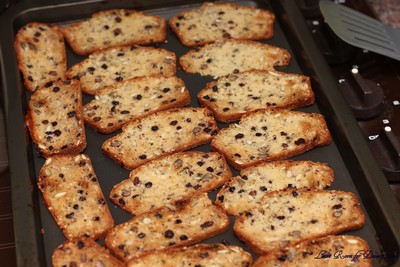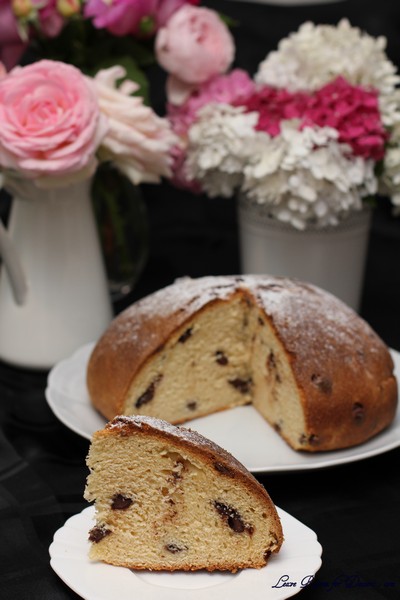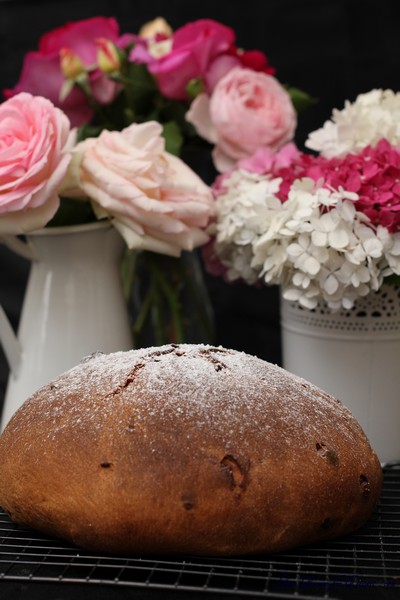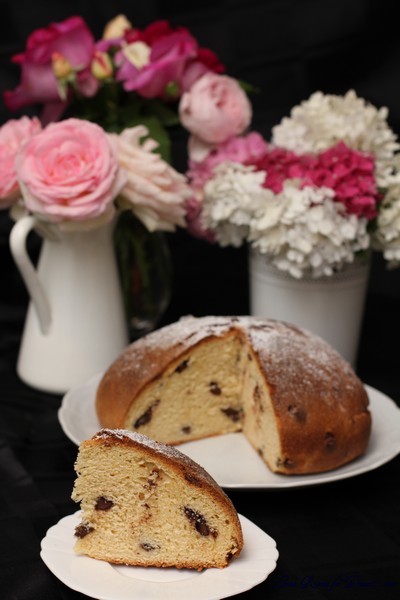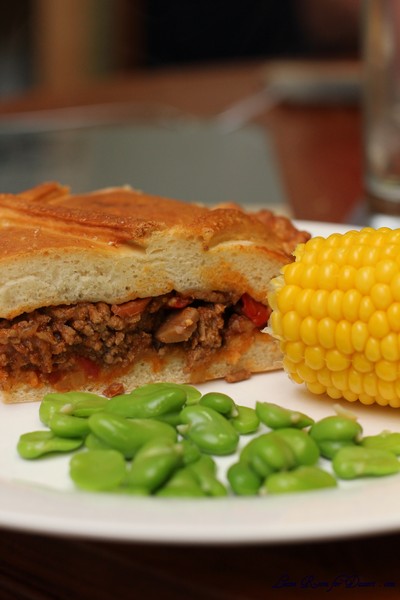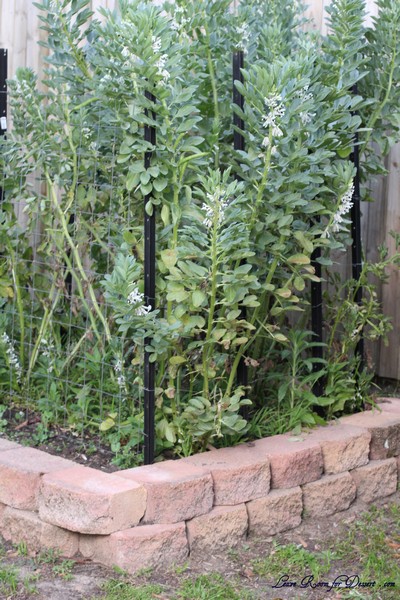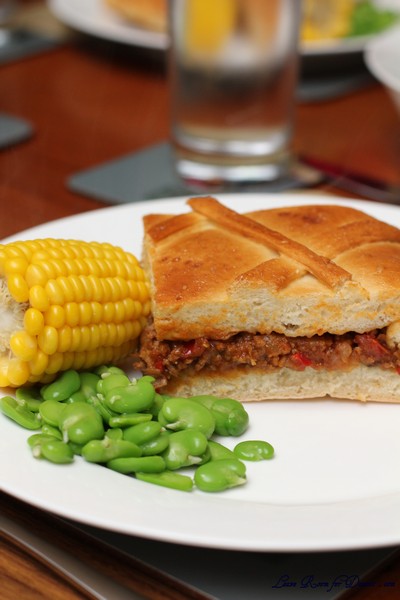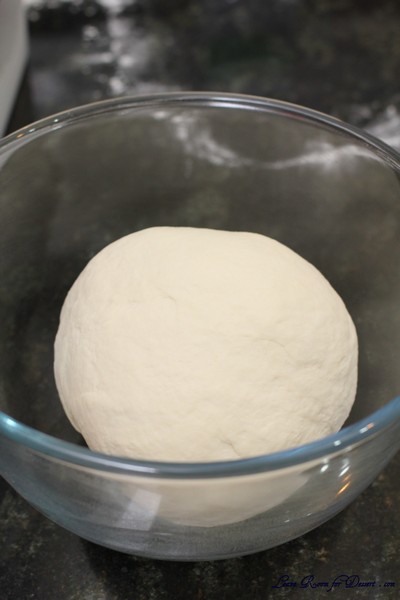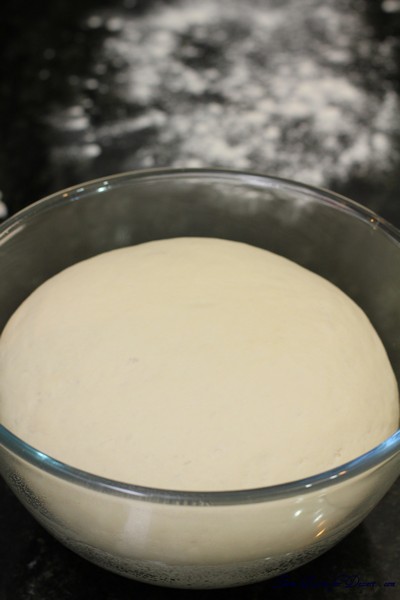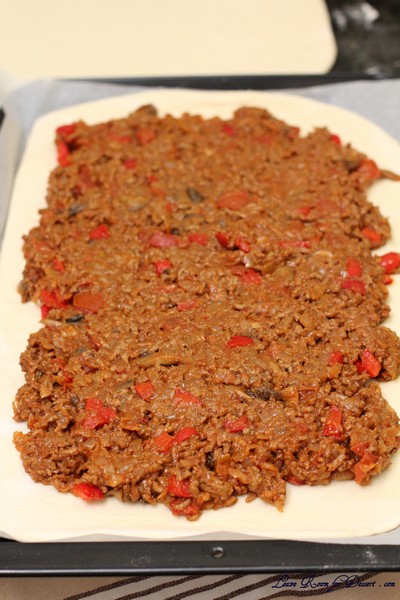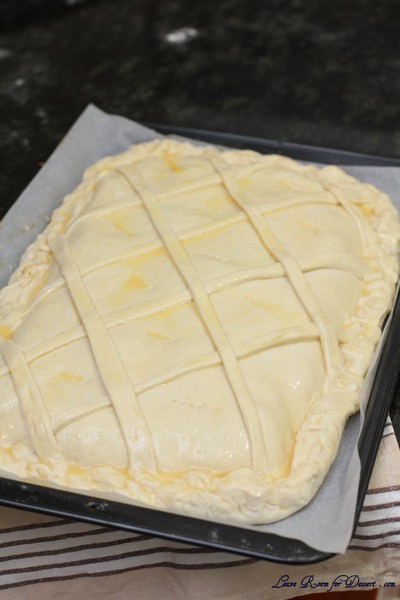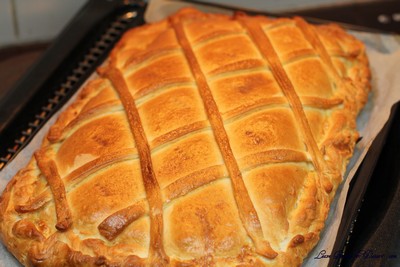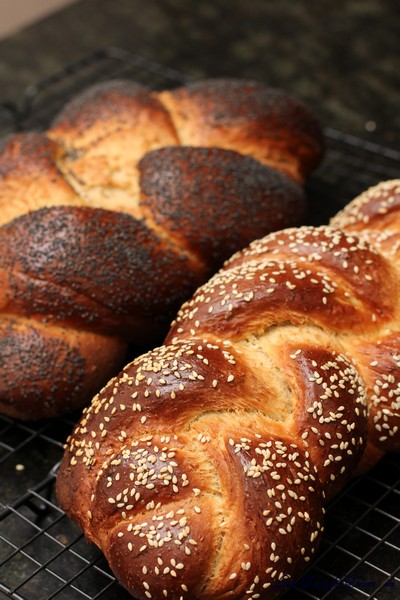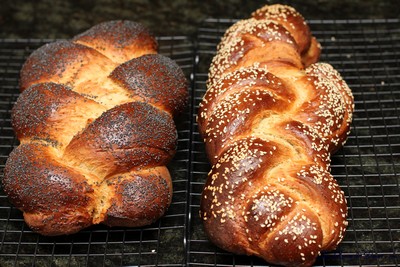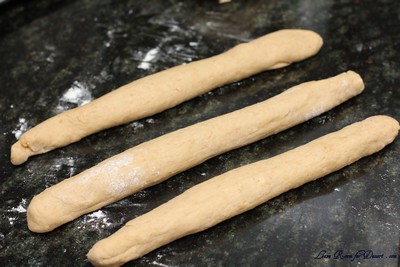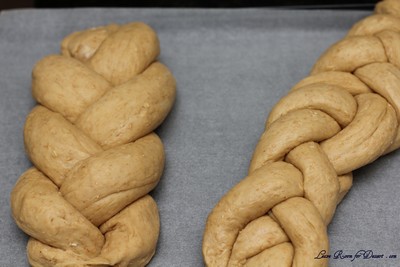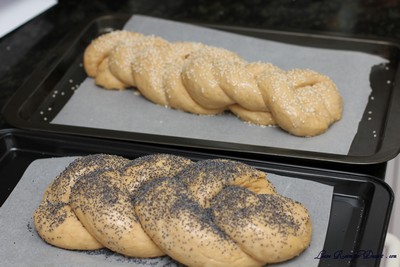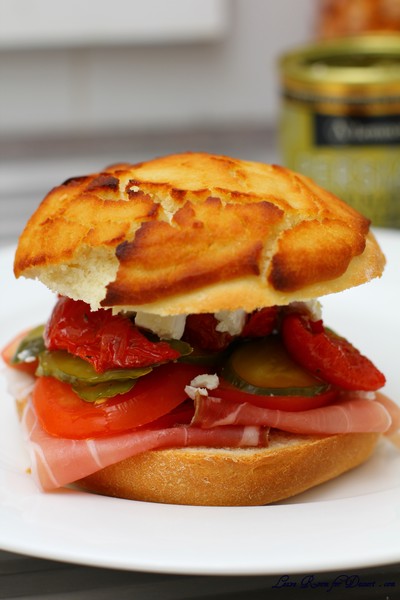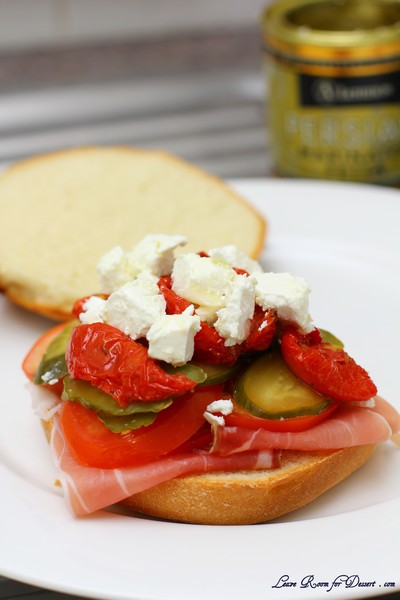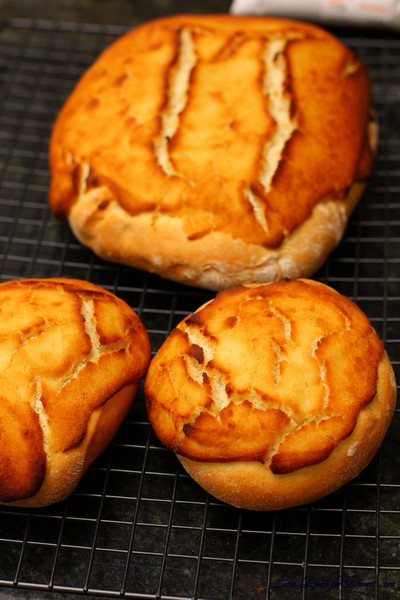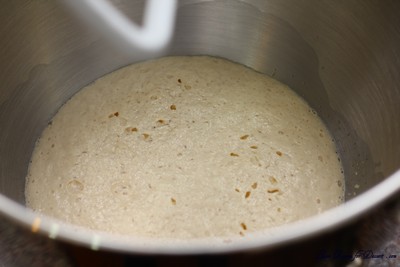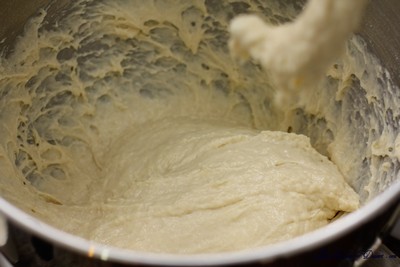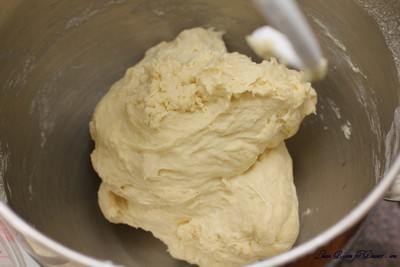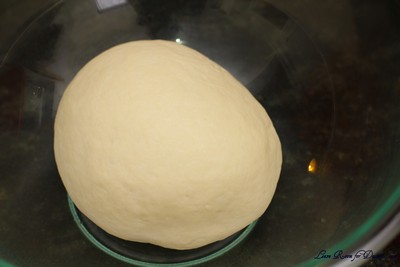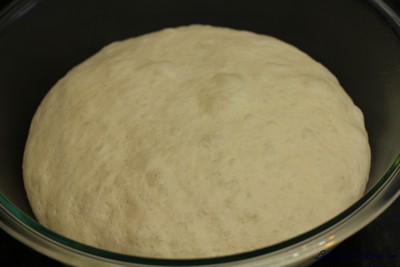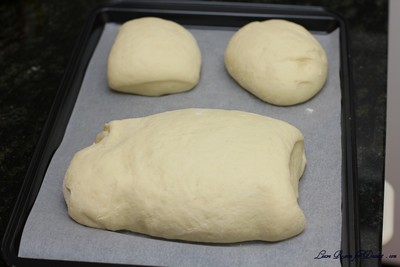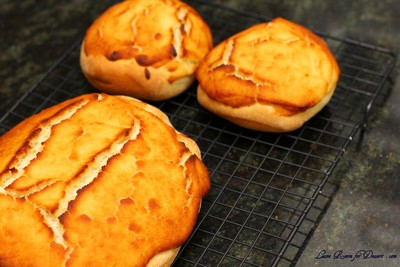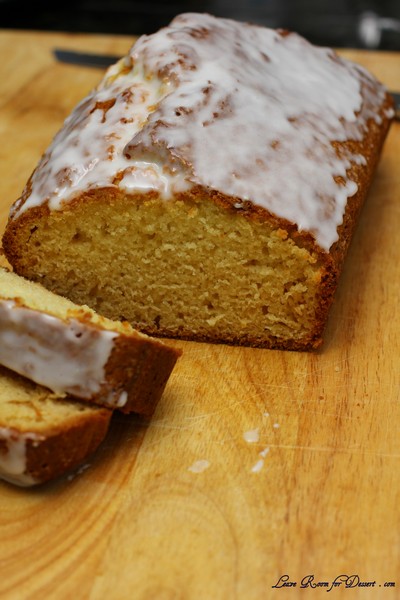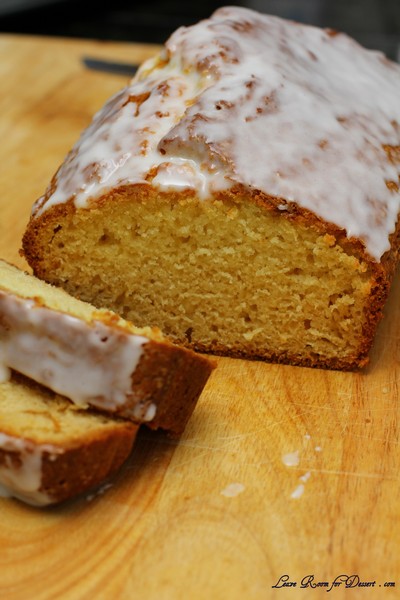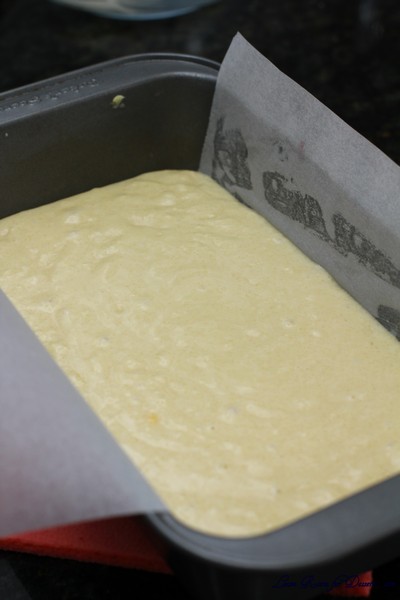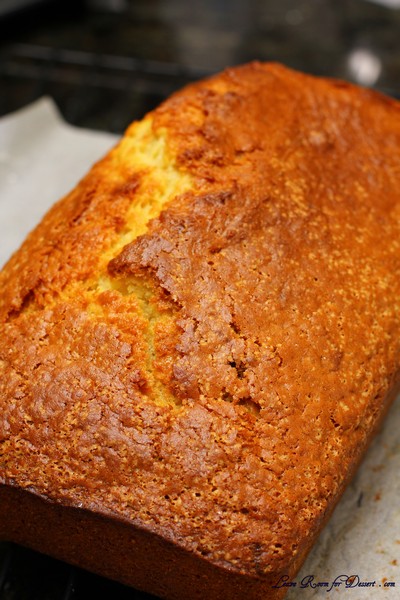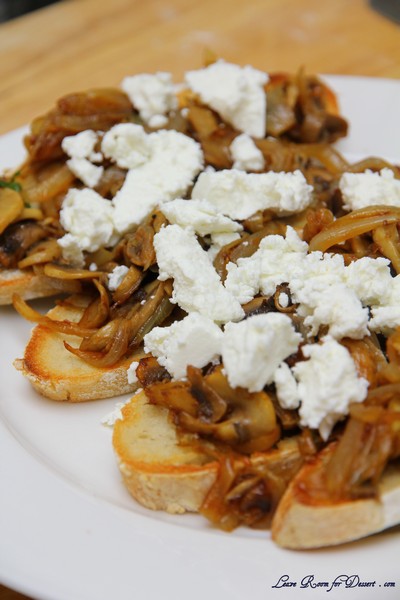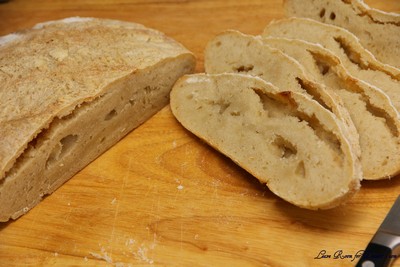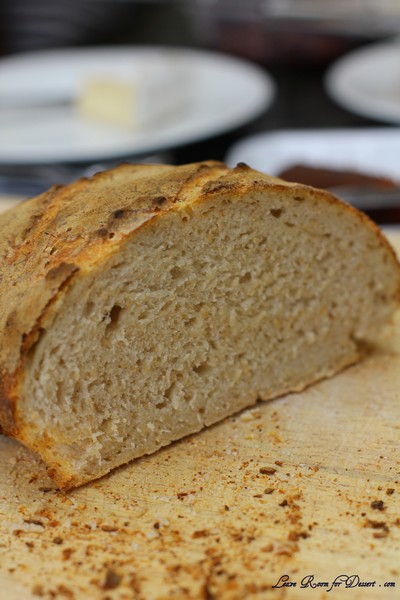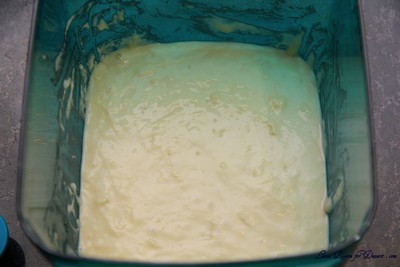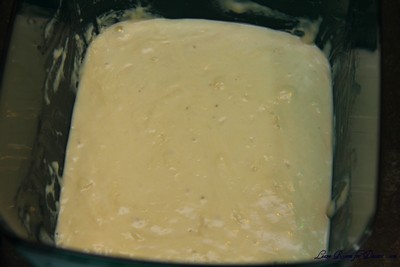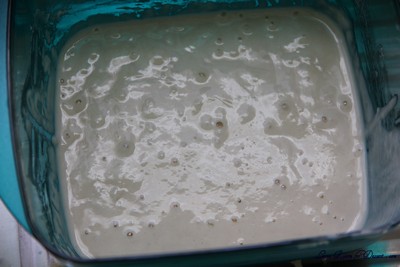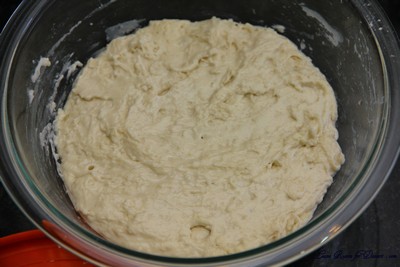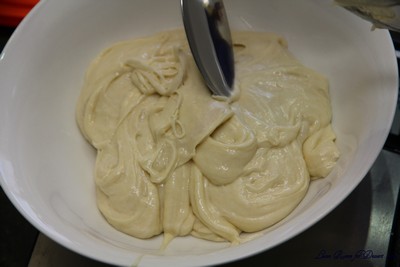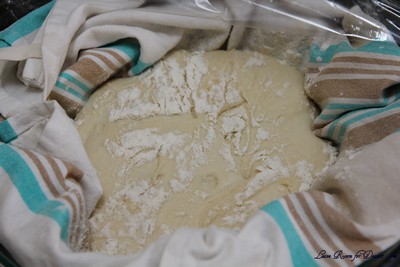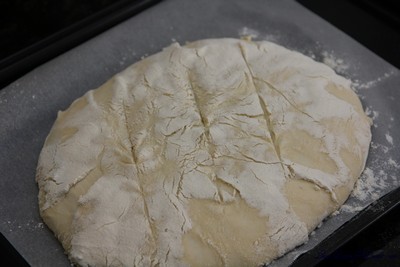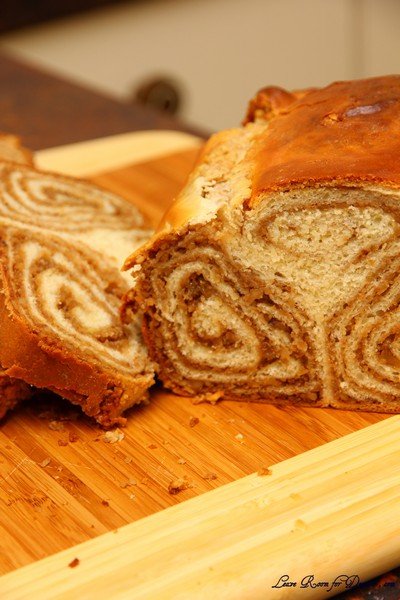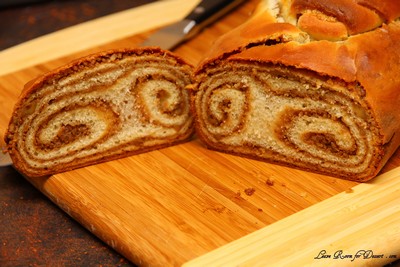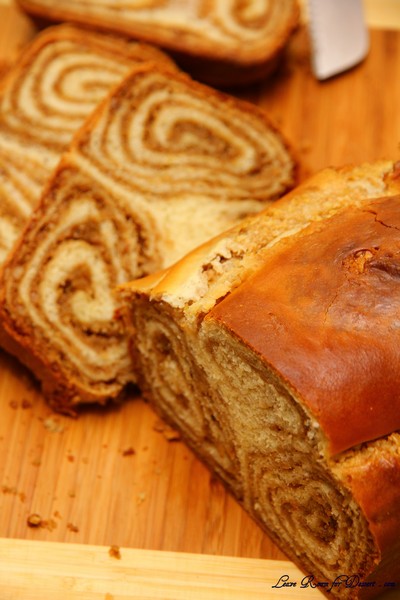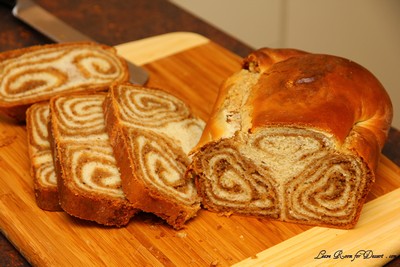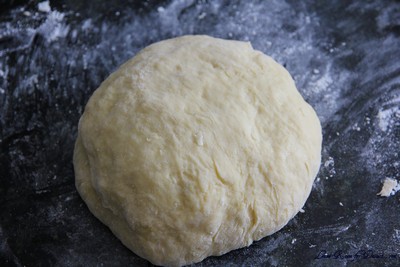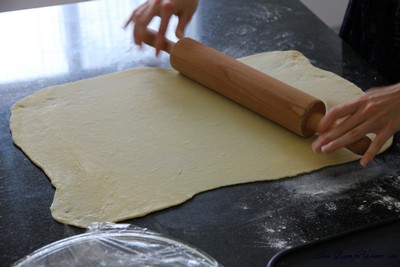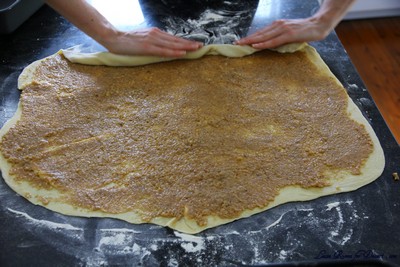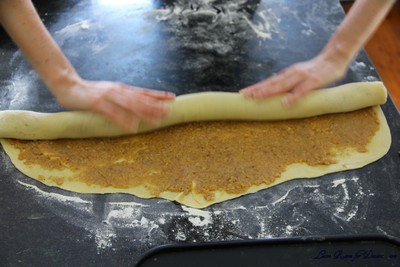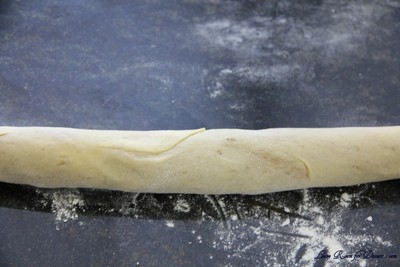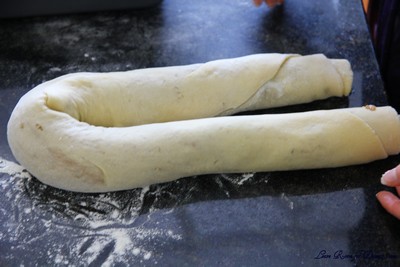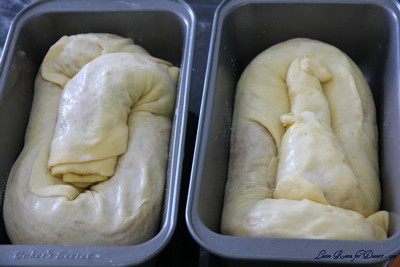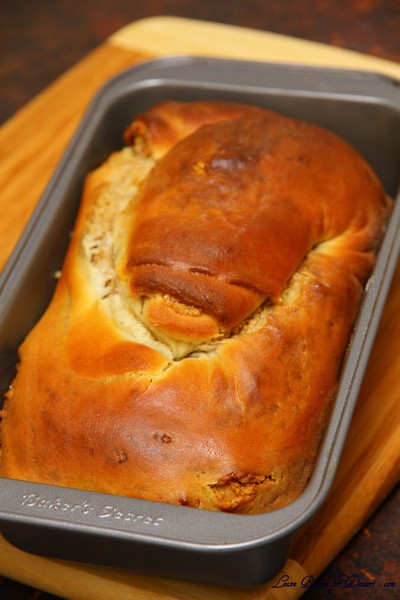This month the Daring Bakers kept our creativity rolling with cinnamon bun inspired treats. Shelley from C Mom Cook dared us to create our own dough and fill it with any filling we wanted to craft tasty rolled treats, cinnamon not required!
Cinnamon rolls (or scrolls) have been a favourite treat for my family since I tried it a year or two ago. They come out at special holidays, or family breakfasts.
I’m very happy with my current recipe, although as past experiences would confirm, sometimes it does pay to try another recipe. I once tried a new banana bread recipe, only to be asked – Why would you try another one? Your one is great, we don’t need to try another recipe. Only to hear exclamations of happiness for the new recipe.
This recipe for cinnamon rolls differs slightly to my usual one, the dough is slightly more cake like, likely due to the addition of egg. There is also no butter in the middle of the scroll, although this doesn’t seem to make a huge difference to the overall flavour or consistency.
By the end of the day all the rolls were eaten, but I doubt they would have kept well, as some of the ones left to the afternoon had started losing their freshness. Overall the flavour and consistency were lovely. Although I am likely to stick to my original recipe for the future.
There were a few other recipes suggested for this months challenge, including a roasted banana cinnamon bun with maple glaze…. now that I have to try…
Cinnamon Buns
(from The Bread Baker’s Apprentice by Peter Reinhart)
Makes 8-12 large or 12-16 smaller buns
Ingredients
6½ tablespoons (100 ml) (3 oz) (90 gm) granulated sugar
1 teaspoon (5 ml) (6 gm) salt
5½ tablespoons (85 ml) (2¾ oz) (80 gm) shortening, unsalted butter or margarine, at room temperature
1 large egg, slightly beaten
1 teaspoon (5 ml) lemon extract OR 1 teaspoon (5 ml) grated lemon zest (I used vanilla essence)
3½ cups (840 ml) (16 oz) (450 gm) unbleached bread (or all-purpose/plain) flour
2 teaspoons (10 ml) (¼ oz) (6 gm) instant yeast (active dry worked as well)
1 1/8 – 1 ¼ cups (270-300 ml) whole milk or buttermilk, at room temperature
½ cup (120 ml) (3½ oz) (100 gm) cinnamon sugar (6½ tablespoons (100ml) (3 oz) (90 gm) granulated sugar plus 1½ tablespoons (20 ml) (1/3 oz) (10 gm) ground cinnamon)
Directions:
In a stand mixer fitted with the paddle attachment, cream together sugar, salt and shortening (though it is not difficult to do by hand, using a strong spoon).
Add the egg and lemon extract to the creamed sugar and shortening and mix together until smooth.
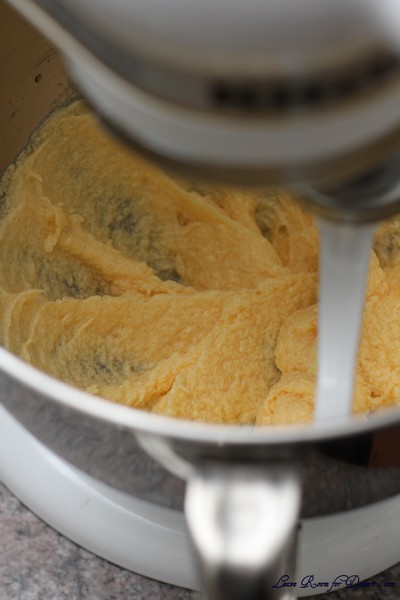
Add the flour, yeast and milk to the mixer and mix on low speed until the dough begins to form a ball.
At this point, switch to the dough hook attachment and knead for 10 minutes (if kneading by hand, you will probably need to do so for closer to 12 – 15 minutes). The dough will be silky and supple, but not overly sticky. You may need to add a touch of flour if your dough is too sticky – that is okay.

Lightly oil a bowl, turn the kneaded dough out into it, turning to coat, then cover the bowl with plastic wrap.
Allow the dough to rest (ferment) until it has doubled in size, approximately 2 hours.
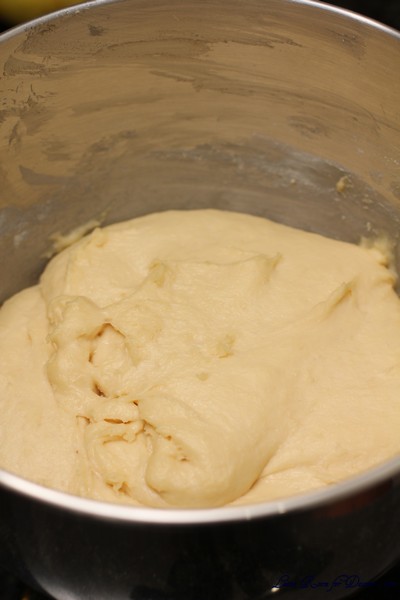
Once the dough has rested and risen, you are ready to shape the cinnamon buns. Prepare your a sheet pan by lining it with parchment paper.
Spray your work surface lightly with cooking spray and turn the dough out onto the work surface.
Using a rolling pin, roll the dough, into a rectangle about 2/3 an inch (15 mm) thick, 14 inches (350 mm)wide and 12 inches (300 mm) long (for large buns) (or 18 inches (450 mm) wide by 9 inches (230 mm) long for smaller ones). You may need to sprinkle the dough and/or work surface with a bit of flour to keep the dough from sticking. This is okay.
Sprinkle the cinnamon sugar filling over the surface of the dough.

Starting with a long end, roll the dough, creating a spiral, into a log shape, making sure to end with the seam side down.
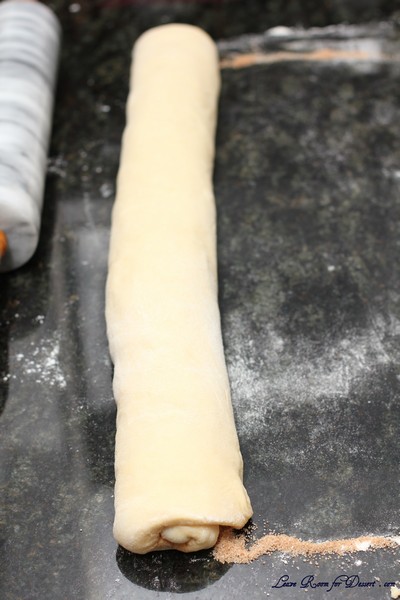
Cut the dough into pieces approximately 1¾ inches (45 mm) thick (for large buns) (1¼ inch (30 mm) for smaller buns).
Place buns approximately ½ inch (15 mm) apart on the prepared pan. They shouldn’t be touching at this time.

Allow the shaped buns to proof at room temperature for 75 – 90 minutes until they have nearly doubled in size. They will now be touching each other. If you are not planning on baking the buns the same day as you are preparing them, you can place them into the refrigerator after they are shaped (before this rise) for up to 2 days. If you do so, you will need to allow them to return to room temperature prior to baking, which means removing them from the refrigerator about 3 or 4 hours before baking.
Preheat the oven to moderate 350°F/180°C/gas mark 4 degrees at the end of this proofing time.
Bake the buns for 20 – 30 minutes, until golden brown
Allow the buns to cool for 10 minutes in the pan, then drizzle with glaze (recipe below). Remove the buns from the pan to a cooling rack and allow them to cool for at least 20 minutes before eating.
White fondant glaze for cinnamon buns:
(also from The Bread Bakers’ Apprentice)
Sift 4 cups (500 gm) (17½ oz) of confectioners’ (icing) sugar into a large bowl. Add 1 teaspoon (5 ml) of lemon or orange extract and between 6 tablespoons to ½ cup (90 to 120 ml) warm milk, whisking well until all of the sugar is dissolved. (Add the smaller amount of milk first, whisking briskly, then add slowly until you have the consistency you want for drizzling over the buns.)
Notes:
You can replace the lemon extract/zest with the extract/flavoring of your choice. I usually use vanilla extract.
This dough is silky, smooth and so lovely to work with, and the resulting buns are light and so incredibly easy to eat. I have made these several times, with traditional cinnamon-sugar filling and also with a fruit compote for a fresh, summery treat. Delicious!


